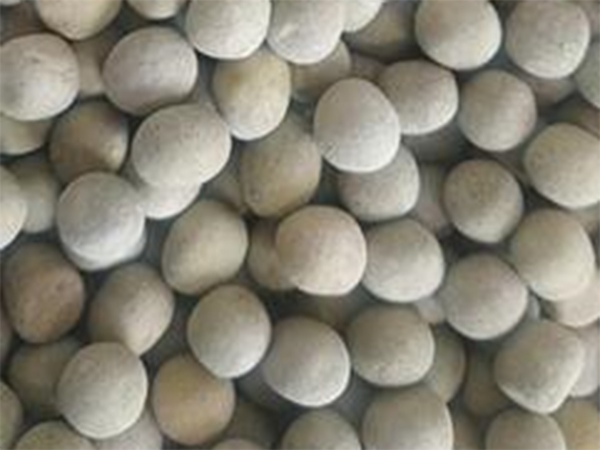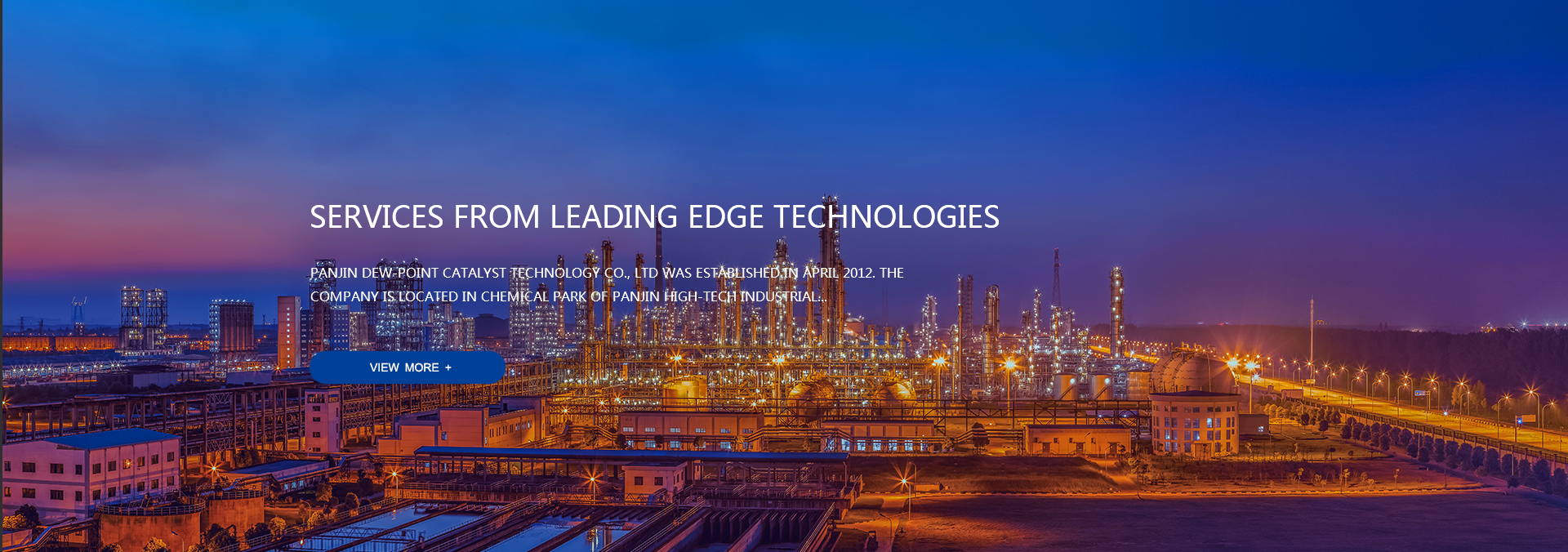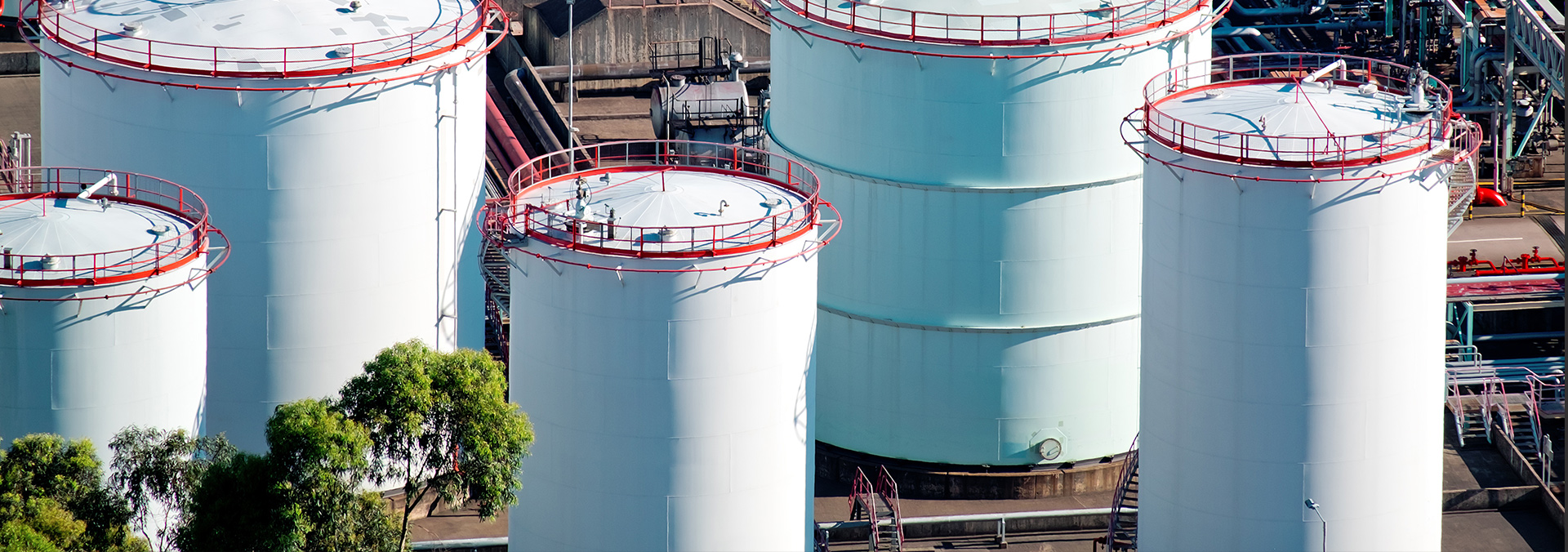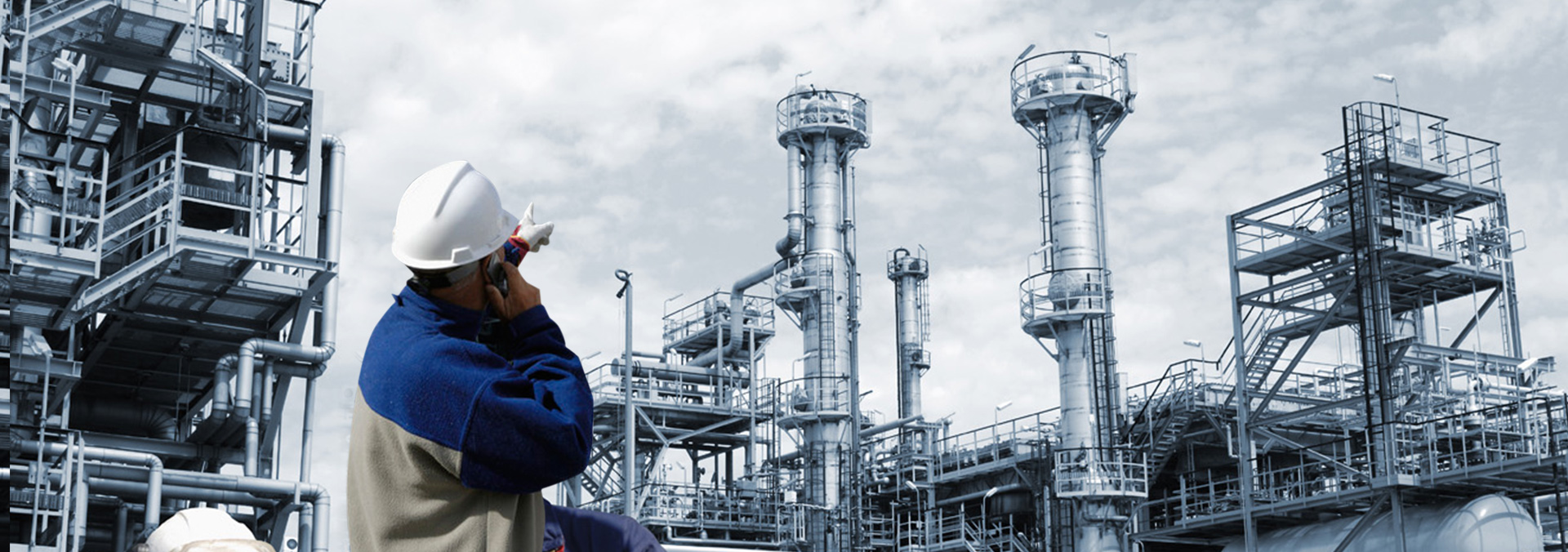Name:Panjin dew-point catalyst technologise co.,ltd.
Add:Chemical Industrial park, high-tech Zone, Panjin City, Liaoning Province, China
Tel:+86 427 659 4508
Fax:+86 0427-6594500
E-mail:service@dpcatalyst.com
power poles Panjin dew-point catalyst technologise co.,ltd. all rights
Hotline
0427-6594508
What are the main components of CoMo Hydrogenation Catalyst and the reason for its inactivation
What are the main components of CoMo Hydrogenation Catalyst and the reason for its inactivation?

(1) The grade of CoMo Hydrogenation Catalyst used in the hydrogenation unit is RN-10B, the main active metal components are WO3, NiO. The grade of the protective agent is RG-1, and the main active metal components are MoO3, NiO. On the top of the catalyst bed The function of filling protective agent is to prevent the diolefins and monoolefins in the feed oil from reacting violently when they encounter the catalyst due to the high catalyst activity, resulting in a sharp temperature rise and accelerating the coking and deactivation of the catalyst. Attention should be paid to the process of starting the hydrogenation and boosting the pressure. The system pressure should not exceed 2.375 Mpa before the reactor wall temperature rises to 93 degrees.
(2) The inactivation of CoMo Hydrogenation Catalyst can be classified into two situations. One is temporary inactivation, which can restore its activity through regeneration; the other is permanent inactivation, which cannot restore its activity. Coking, also known as coking, produced during the operation of the hydrorefining catalyst is an important reason for the temporary deactivation of the catalyst. During the hydrorefining process, due to the high reaction temperature, it is also accompanied by some side reactions such as polymerization and condensation. , With the prolongation of operating time, the coke formed by the side reaction gradually deposited on the catalyst, covering the active center of the catalyst, thereby promoting the continuous decline of the activity of the catalyst. Generally speaking, the carbon deposition on the CoMo Hydrogenation Catalyst reaches 10 -15%, it needs regeneration. Metal elements are deposited on the catalyst, which is the reason for the permanent deactivation of the catalyst. Common metals include nickel vanadium, arsenic, iron, copper, zinc, etc., due to the deposition of metals, the catalyst is blocked. micropores, resulting in the loss of catalyst activity.







